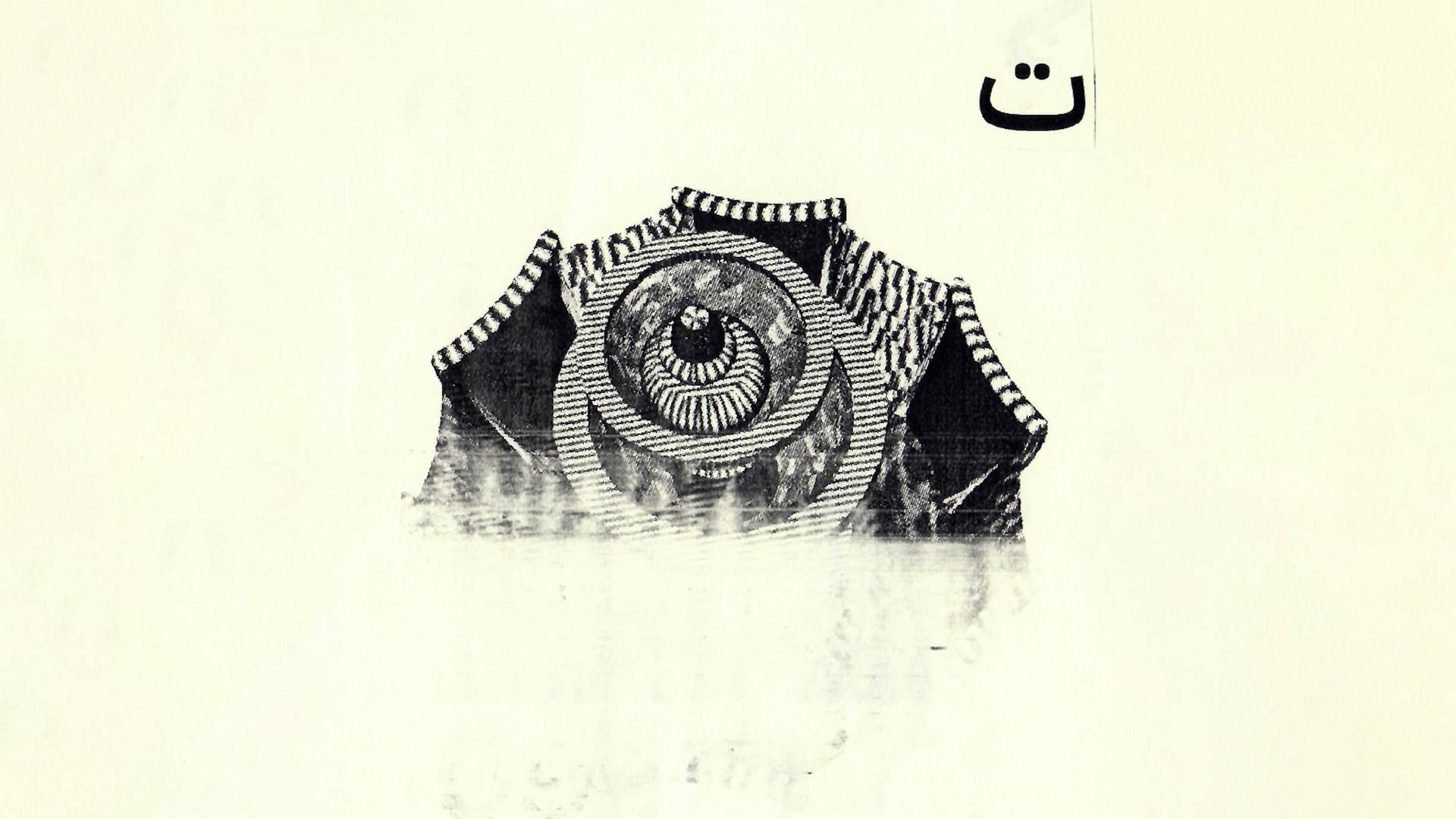1 – Histories of Garden, Gardens of History
Histories of Garden, Gardens of History
Abdellah M. Hassak
2020

©️ La Fatigue Digitale – Noureddine Ezarraf.
Histories of Garden, Gardens of History
Abdellah M. Hassak
2020
19′ 21″
January 14th 2022 – 6 pm
The first chapter of the entangled promenades [Stories of the Garden, Gardens in History] is a nostalgic journey through the mnemonic alleys, recounted by men and women who knew the faces of Laarassi, in their shiniest days. Laarssa is a universe with its own lexicon: Jnan, Khtater, Nzaha. Its identities: Lahbass, Berzaal, Tiberdaai, Benbrahim, Tihiri, Ali ou Saleh… Laarassi were situated inside the Marrakshi walls but also inside the houses. Aarassis to walk, to breathe, to meet, Aarassis go on Nzaha, under the shadow of palmtrees, olive trees, and lemon trees. Aarsset Koubour Chou is one of these Aarassi, its contemporary face is covered with buildings, it was an entangled garden before. It was apparently owned by Ichou, a jew from Marrakesh, but everybody could enjoy its shadows and fruits. Nevertheless, the transformation has been intense: “if you go to the neighbourhood now, you would be sorry”. Trees were pulled and birds ew away.
Another nostalgic trip takes us to another universe, described by Zahra El Khiraoui who is recalling the Ablouh Moussem and its rituals. Palms were cut to be reused, the Ablouh fruits were picked, all balanced by the rhythms of the words and prayers that are sung by the pickers. Flowers also had their Moussem: owners were cut and owers were planted in a renewing cycle. Nowadays, it became a “battle eld”, buildings’ verticality replaced the connected horizontality of jnanes, wells and khettaras.
Laarassi continue their parade through the words of our storytellers, Aarsset Bouachrine, Aarsset Lbardaai, Aarsset Moulay Abdesslam… However, not all of them evaporated irrevocably: Khadija Karbah shares with us the story of Aarsset Lbardaai where young people from the neighborhood, inspired by their parents’ stories, joined their energies and undertook a mission: a vegetation revival. The space that was created is still far from its original versions. Despite the cars and the buildings, it’s a neo-Aarssa that was (re)born, bringing together the community.
Khettaras (or qanat, which means canals) represent a central element in Marrakesh. Ancestral technology is a pre-modern, pre- capitalistic communitarian method of water management. These underground corridors, entangled qanats, use gravity to carry underground water to the surface. They allow for urban and rural spaces to be connected. Three categories of Khettarat are explained by Amina Bouyabrine: the small, medium and bigger ones. Their sizes are different but also their owners, the bigger ones being owned by the State. They represent a great symbol of the communitarian management of Marrakshi territories. However, many transformations affected the Marrakshi landscapes and didn’t spare its khettaras. In contemporary landscapes, khettaras are rather invisible, decayed.
